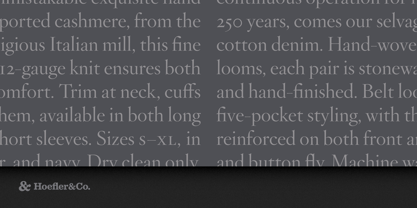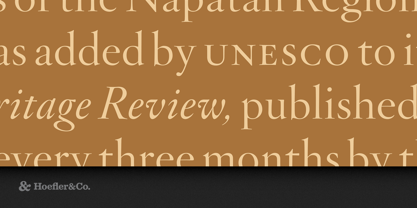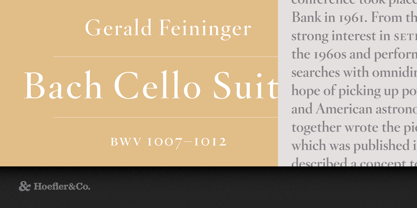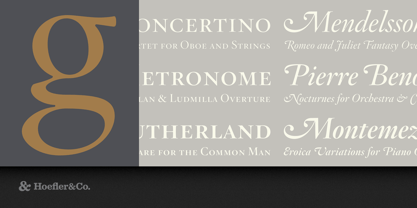For the most common uses, both personal and professional, for use in desktop applications with a font menu.
For example:
- Install the font on your Mac OS X or Windows system
- Use the font within desktop applications such as Microsoft Word, Mac Pages, Adobe InDesign, Adobe Photoshop, etc.
- Create and print documents, as well as static images (.jpeg, .tiff, .png)
Desktop licenses are based on the number of users of the fonts. You can change the number of users by clicking the quantity dropdown option on Buying Choices or Cart pages.
Please be sure to review the listing foundry's Desktop license agreement as some restrictions may apply—such as use in logos/trademarks, geographic restrictions (number of locations), and products that will be sold.
Adding users later:
Desktop licenses are cumulative. If you require a Desktop license that covers additional users, simply place a new order for the same Desktop package, for the number of additional users.






